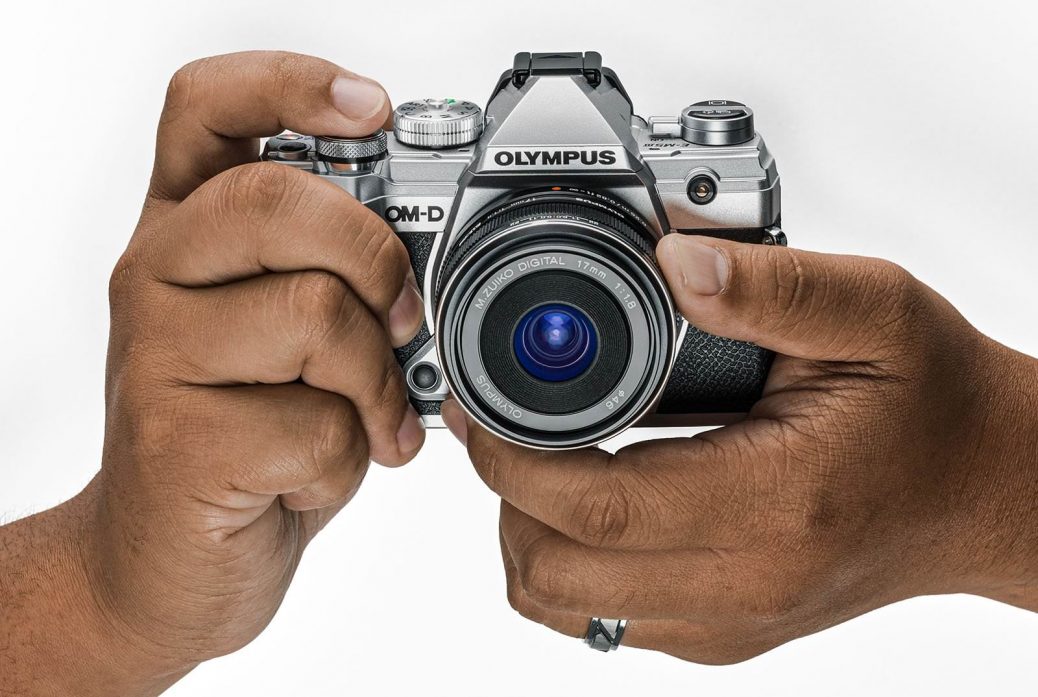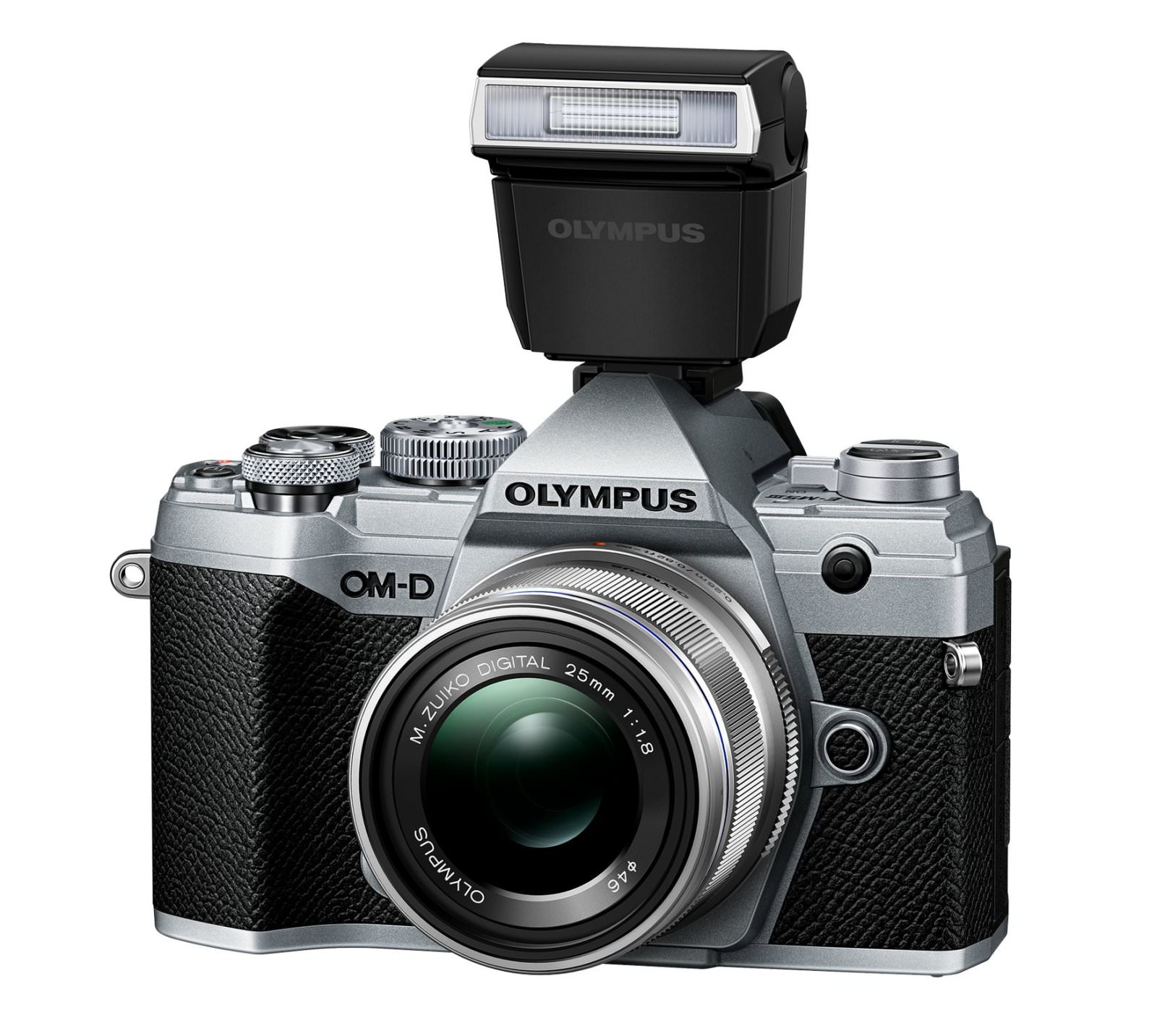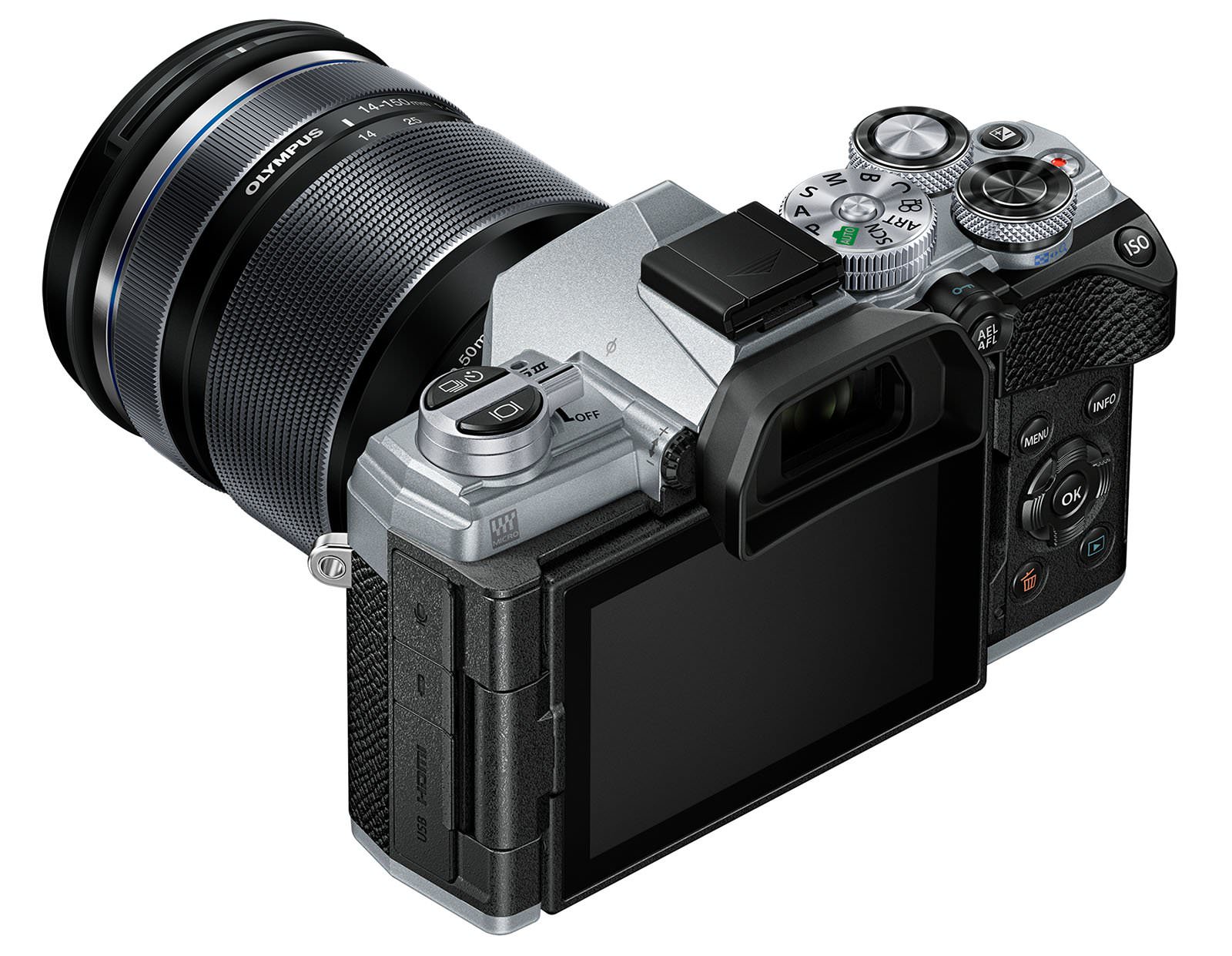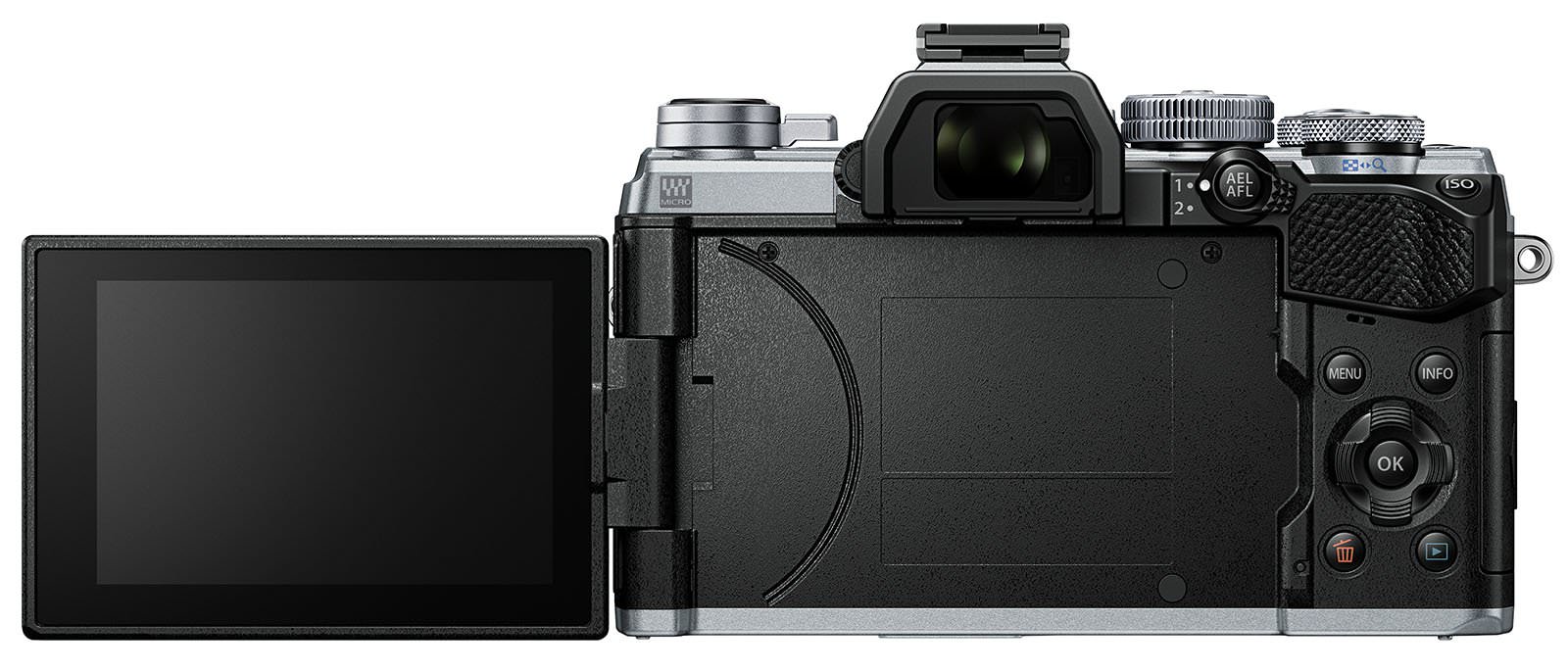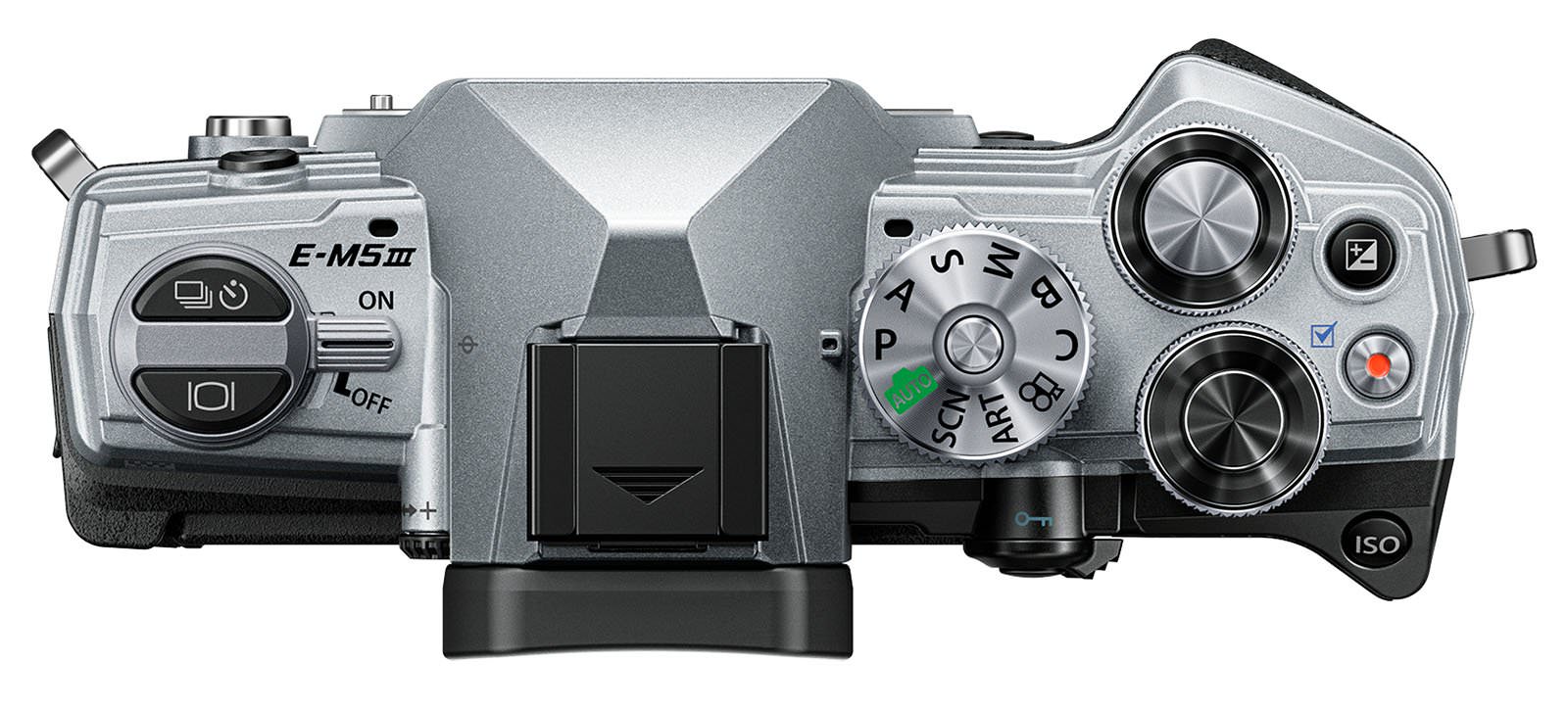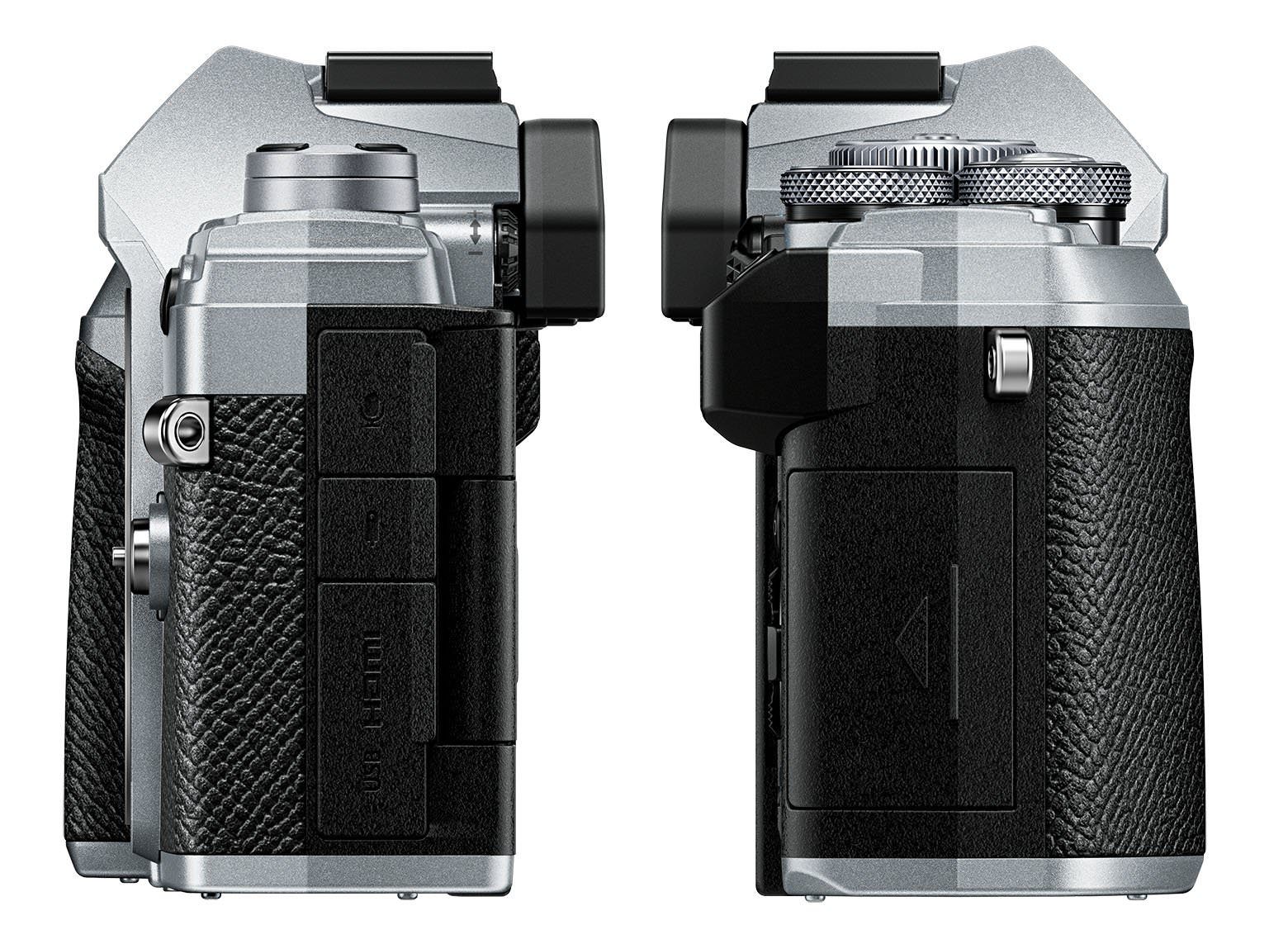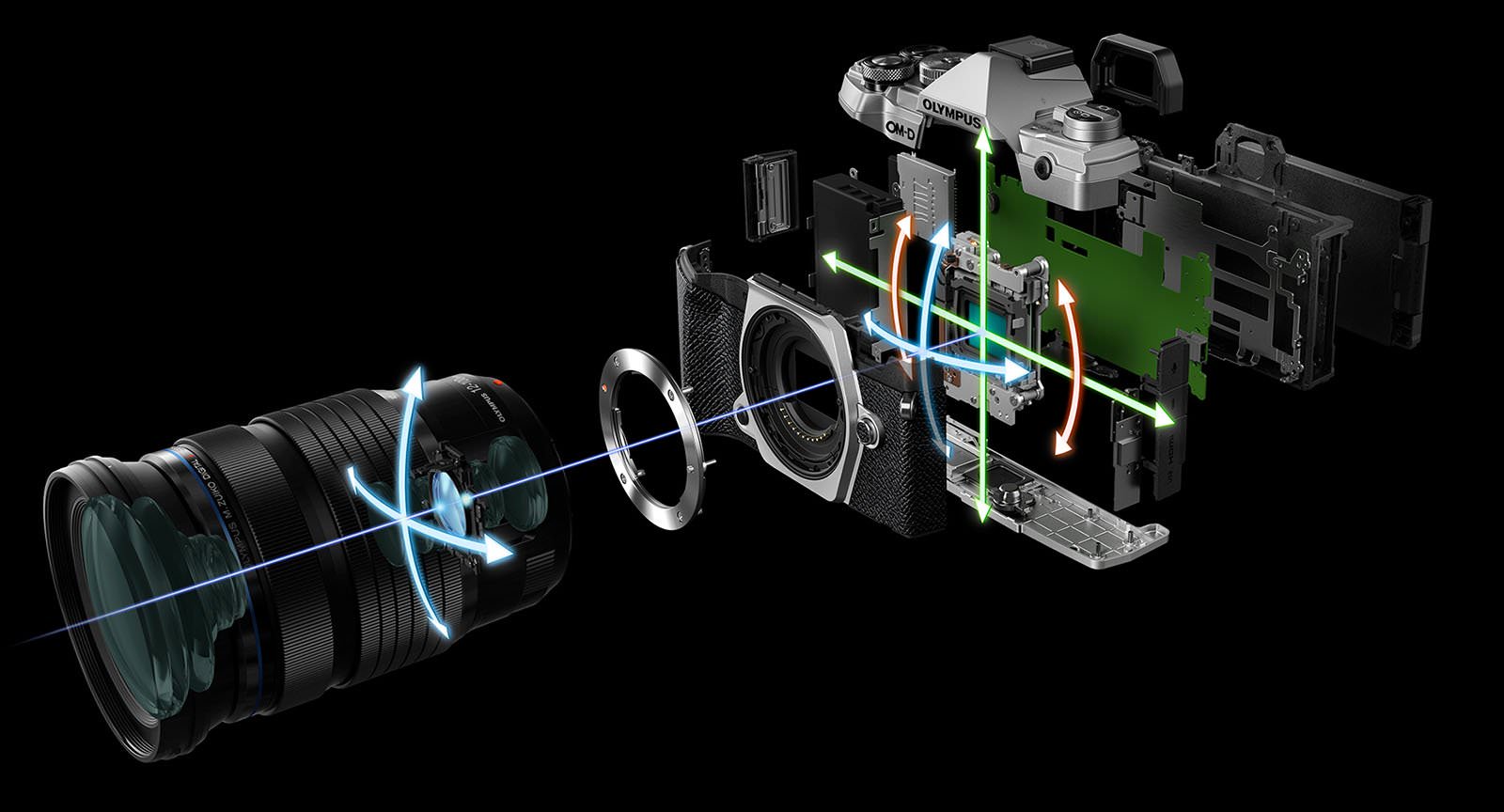Meet the Newest Member of the Olympus Micro Four Thirds Family: the OM-D E-M5 Mark III
We knew it was coming: back in August, Olympus executives confirmed that the camera company was working on refreshing the aging OM-D E-M5 Mark II – they just didn’t reveal when.
Now the Olympus OM-D E-M5 Mark III is finally here – four years after the launch of the Mark II sibling – it’s arrived just a few days after Olympus’s 100-year anniversary and fits between the more novice-orientated Olympus PEN models and OM-D E-M10 Mark III, and the professional OM-D E-M1 Mark II and E-M1X models.
While other companies are touting full-frame and compact APS-C cameras, Olympus is still in the Micro Four Thirds camp. With the launch of its latest mirrorless camera, the company is playing to the strength of that smaller format: speed. The camera can shoot bursts at 10 fps with continuous autofocus and can fire away at 30 fps with focus and exposure locked on the first shot.
Coming in more than four years after its predecessor was released, Olympus has really stepped up the specs of the E-M5 III, managing to fit an awful lot from its higher-end E-M1 Mark II into a much smaller overall package.
“Many components of the E-M5 Mark III, including the image stabilization unit, have been miniaturized in an effort to deliver the smallest body possible,” Olympus says. “Dramatic improvements in power-saving performance make it possible to use the more compact BLS-50 battery to enhance the lightweight, compact design.
“The compact system size means that users can shoot for long periods of time in locations where tripods cannot be used ensuring no missed photo opportunities.”
The E-M5 III comes with a new 20-megapixel sensor and 121-point phase-detection autofocus system which are backed up by a new ‘Truepic VIII’ image processor, all of which are lifted from the E-M1 II. The resolution bump is welcome, of course, over the E-M5 II’s 16-megapixel, but the older camera only utilized contrast-detection autofocus. The adoption of phase-detection should make the E-M5 III a more tempting option for users that want to photograph moving subjects.
There’s also an updated, more compact in-body image stabilizer, promising 5.5 stops of shake reduction with a non-stabilized lens while putting on a stabilized lens gets you 6.5 stops using ‘Sync IS’. That means you should be able to hand-hold pretty slow shutter speeds and still get sharp results, so you can keep your ISO value down in low light or simply leave a tripod at home in some situations.
The body of the E-M5 III is weather-sealed and has a 2.36M-dot EVF and tilting touchscreen display. As with all Olympus cameras, it has an extensive amounts of ‘Art Filters’, allowing users to stylize their photos without a computer. When it’s time to share photos, the E-M5 III offers both Wi-Fi and Bluetooth.
The E-M5 III is, like Olympus’ other models, now capable of shooting 4K video at up to 30 frames per second with no crop. We haven’t yet been able to test its quality, but we expect it to look quite good. Even the lower-end E-M10 III can capture impressively detailed 4K footage, and the E-M5 III inherits that camera’s effective digital stabilizer on top of the already good in-body stabilizer to smooth out a handshake. It also gains a DCI 4K video mode from the E-M1 II, with a theoretical maximum bitrate of ~237Mbps.
If high-speed video is more your thing, the E-M5 III tops out at a respectable 1080/120p.
The Olympus OM-D E-M5 Mark III will begin shipping in late November and will set you back $1,199 for the body alone. If you’d rather get a lens along with the camera, the addition of the M.Zuiko ED 14-150mm f/4.0-5.6 II lens to the kit will take the price to $1,799.
More info on Olympus’ website.

